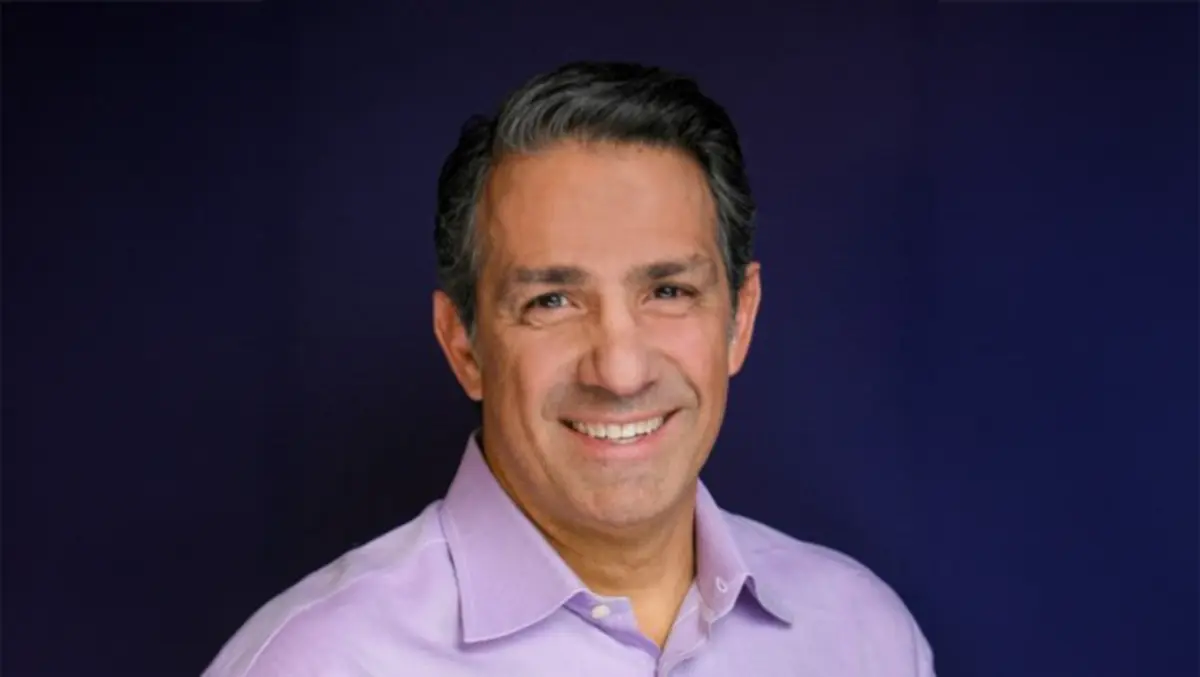
Redefining workforce management: Empowering the frontline in a post-pandemic era
The pandemic catalysed a seismic shift in the expectations employees have of their workplaces—especially those on the front lines. Once celebrated as the backbone of our transport, hospitality, and services (THS) sectors, frontline workers are now rightfully demanding more than just a regular salary. They want engagement, flexibility, and purpose—and they want tools that make their work more manageable and meaningful.
In this new era, traditional workforce management (WFM) tools are no longer enough. Businesses relying on large frontline teams must now look beyond scheduling and timesheets. They need agile, holistic solutions that address everything from communication and learning to retention and morale.
Why Frontline Experience Matters More Than Ever
The connection between happy employees and happy customers is no longer a vague ideal—it's a tangible reality. In a time where Australia is grappling with rising minimum wages, cost-of-living pressure, shifting government policies and unpredictable labour demand, companies must learn to do more with less. Hiring has slowed, and seasonal surges stretch already lean teams. The organisations that succeed are those that optimise and empower their existing workforce.
Modern workforce management solutions now integrate employee engagement tools, helping businesses upskill, support, and retain frontline workers. The goal? To create a rewarding experience that strengthens customer service from the inside out. Flexibility and agility are paramount—especially during peak times—and cutting-edge WFM technology is rising to meet the challenge.
Digital Transformation and the Rise of Connected Workforces
Digital transformation is no longer confined to the C-suite. Today's smartest organisations are extending their transformation strategies to encompass their frontline teams. The pandemic underscored this necessity; WFM systems built solely for office environments failed to support part-time, seasonal, or laid-off employees. Businesses realised the need for more inclusive, dynamic tools that reach every corner of the workforce.
We're now seeing increased alignment between finance, HR, and IT leaders—particularly as the Chief Financial Officer (CFO), Chief Human Resources Officer (CHRO), and Chief Information Officer (CIO) all converge around shared objectives. Modern WFM platforms sit at this intersection, helping companies streamline operations, engage their workforce, and create a future-ready business.
Perhaps most critically, frontline workers are no longer seen as replaceable. With fewer applicants and higher churn, today's employees want to contribute to something meaningful. Purpose and empowerment have become essential to workforce retention.
The Benefits of Next-Gen Workforce Management Solutions
So, what does a modern WFM platform look like? It's mobile, modular, multilingual—and designed with frontline empowerment in mind.
Here are some of the key benefits:
- Enhanced Collaboration
A digital frontline workplace connects employees regardless of their location. With streamlined communications and shared workflows, teams can innovate and problem-solve collaboratively, boosting business results. - Real-Time, Targeted Communication
Unlike generic messaging tools, leading WFM platforms enable real-time, targeted updates between head office and frontline staff. These systems foster transparency and cohesion, which are critical to engagement and morale. - Streamlined Task Management
By automating repetitive tasks and simplifying workflows, businesses reduce administrative burden and enable employees to focus on delivering value. - Continuous Learning
Upskilling isn't optional—especially when roles evolve fast. Integrated training modules ensure employees stay competitive and confident, which in turn lifts morale and job satisfaction. - Flexible Scheduling
Flexibility is the cornerstone of a modern workplace. Empowering employees to swap, drop, or claim shifts, enhances their work-life balance. A WorkJam commissioned Forrester ROI study showed that enabling frontline self-service scheduling saved location managers an average of 2 hours a week—freeing them up to focus on leadership.
Overcoming the Challenges of Implementation
While the benefits are clear, transitioning to digital frontline workplaces can be daunting. Many businesses are held back by complex legacy systems or concerns around deployment speed.
The key is simplicity and modularity. Organisations can start small—perhaps with a communications module—and scale up as needed. A unified mobile platform that integrates scheduling, training, and messaging reduces complexity and boosts adoption.
This modular approach is particularly valuable in industries like retail, healthcare, logistics, and hospitality—where juggling multiple apps and systems is a common pain point. With the right WFM strategy, businesses can deliver seamless experiences to employees across devices, from smartphones to kiosks.
Best Practices for Success
To get the most from WFM technology, organisations should follow several key best practices:
- Prioritise Real-Time Communication: Keep everyone aligned—from headquarters to frontline.
- Invest in Skills and Development: Provide relevant, role-specific training throughout the employee lifecycle.
- Use Crowd-Staffing Tools: Enable shift swapping across regions while maintaining compliance.
- Incentivise Performance: Recognise achievements through gamification and digital badges to drive motivation.
- Maintain Compliance: Roll out and track task completion across all locations to ensure operational consistency.
A New Era of Workforce Orchestration
The world of work has changed—and WFM must evolve with it. As businesses navigate economic uncertainty and shifting workforce expectations, success hinges on their ability to empower and engage their people. With the right digital tools, companies can create a thriving frontline culture—where employees feel heard, valued, and equipped to deliver their best.
Because when you invest in your people, people invest in your business.

